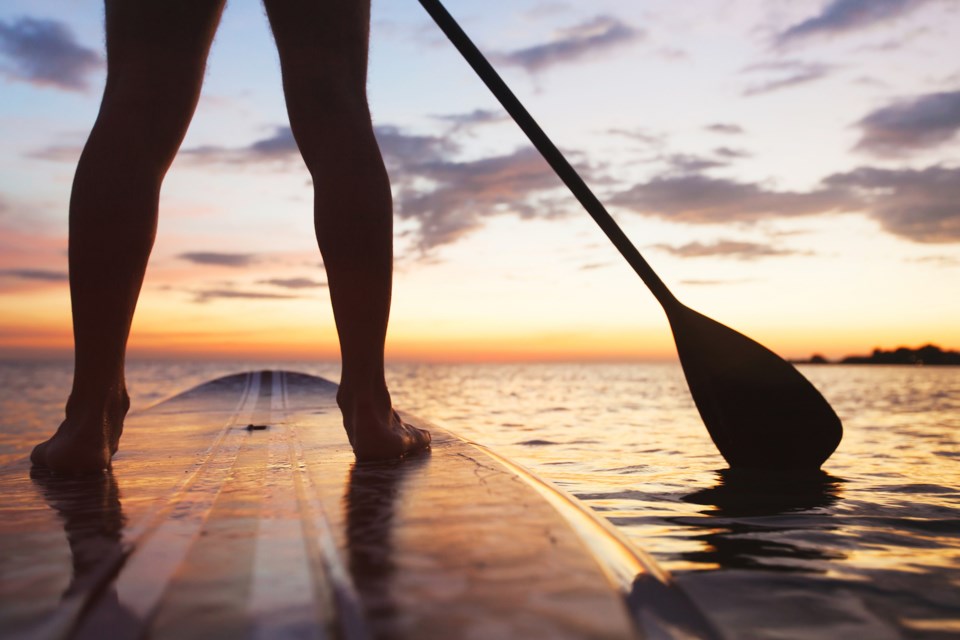NEWS RELEASE
ONTARIO PROVINCIAL POLICE
*************************
With the nice weather in place, more people are hitting the lakes and enjoying water related activities and pleasure craft. Stand-up paddleboards (SUP) are more common today than they've ever been. The East Algoma Ontario Provincial Police (OPP) would like to remind citizens to have a safe and enjoyable summer season on the water.
Stand-up paddleboarding is a paddling activity whereby the operator navigates standing on a surf board and uses a paddle. Stand-up paddleboarding evolved out of surfing, and has become a means of navigation on water bodies across Canada, including rivers, lakes and oceans. There are rigid plastic and inflatable models.
Did you know:
As a relatively new type of small vessel, stand-up paddleboards are not specifically referenced in the regulations, and are therefore treated the same as other human-powered pleasure craft (e.g. sit-on-top kayaks, canoes), with the same safety equipment carriage requirements. When used for navigation, stand-up paddleboards must be equipped with the following: an approved personal flotation device or lifejacket, 15 m of buoyant heaving line, a sound-signalling device (e.g. a whistle), navigation lights (if the vessel is operated between sunset and sunrise), and a magnetic compass when operated beyond sight of seamarks. Non-navigation activities are not subject to the mandatory carriage of safety equipment (e.g. surfing, stand-up paddleboard yoga).
In practice, the operation of stand-up paddleboards is similar to the operation of sit-on-top kayaks and other sealed-hull vessels. Currently, an exception is provided under the regulations, stating that if every person on board a paddleboat, a watercycle or sealed-hull, sit-on-top kayak is wearing a personal flotation device or lifejacket of an appropriate size, the paddleboat, watercycle or kayak is required to carry on board only a sound-signalling device and, if the paddleboat, watercycle or kayak is operated after sunset or before sunrise or in periods of restricted visibility, a watertight flashlight. The exemption removes the requirement to carry 15 m of buoyant heaving line, and motivates the wearing of personal flotation devices or lifejackets.
*************************
